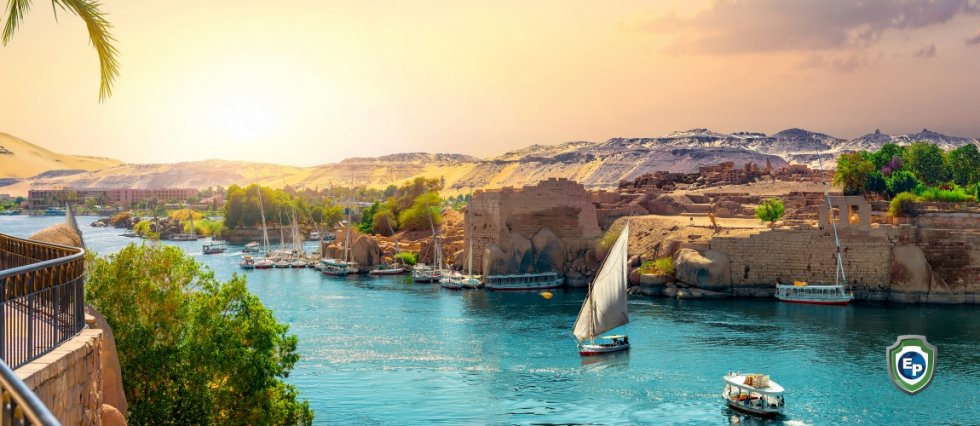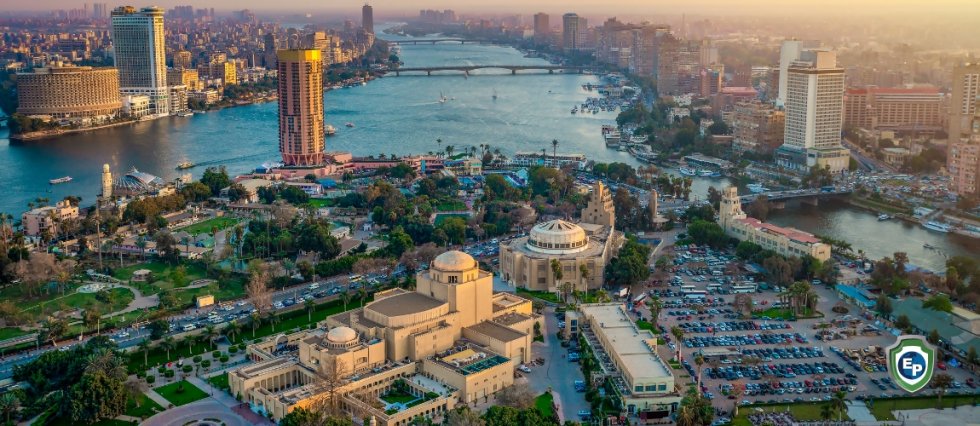The Grand Ethiopian Renaissance Dam
Despite strong objections, Ethiopia has decided to continue its plans to dam the Nile River. Keep reading to find out how this decision has been affecting countries like Sudan and Egypt.

For centuries, the Nile River has been an essential socio-economic factor in Northern Africa. So, when Ethiopia initiated its plans to dam the river in 2011, downstream nations such as Egypt and Sudan that rely heavily on the river became concerned.
Conflicts Rise Between Egypt and Ethiopia
Sudan and Egypt are 50% and 96% desert, respectively, and therefore rely on the Nile River for freshwater. Egyptians receive only 660 cubic meters of water per person, which is below the 1,000 cubic meters needed to be above the UN water poverty threshold.
However, Ethiopia is not backing down even though the hydroelectric dam costs approximately $5 billion to build. The country is hoping to generate six gigabytes of energy from the project, making it Africa's largest hydroelectric plant. The power generated by the dam is essential to continue Ethiopia's growth, and the water held in the dam will also help meet the country's water needs.
In July, Ethiopia successfully filled the Renaissance Dam with nearly 5 billion cubic meters of water — it has a capacity of 70 billion cubic meters — in its reservoir. This was the initial stage to test the dam's energy-generating turbines. Ethiopia plans to fill up the dam over the next five years. However, Egypt believes the five-year plan would adversely affect its freshwater supply. In fact, due to Ethiopia's unilateral decision to fill its dam, Sudan has already dropped to 90 million cubic meters per day at its al-Deim station.

What Led to the Nile River Dam Project?
The problem with how the three nations share the Nile River began since the colonial times. To settle disputes over the river, the Anglo-Egyptian Treaty set rules and guidelines on how the water will be shared. The Treaty was renegotiated in 1959 to give more water to Egypt and Sudan, at the expense of Ethiopia. The Treaty failed to account for growth and has caused Ethiopia to require more water for its socio-economic development.
Building a dam has been an Ethiopian ambition since the 1960s. Ethiopia finally made their move in 2011, when the Arab Spring protest rocked Egypt. Current Egyptian President Abdel Fattah al-Sisi, who was Egypt's defense chief in 2011, threatened to send troops to stop the construction. Relations between the three nations thawed in 2015, when they reached an agreement to cooperate.
However, disputes arose again shortly after. Sudan wanted to improve its socio-economic conditions using the Nile River waters and leaned more towards Ethiopia, leaving Egypt to worry about what will remain for its citizens. But, as the COVID-19 pandemic worsened around the world and Ethiopia's residents were facing regular water interruptions, the need for access to clean water became even more critical for the country. The U.S. offered to mediate talks between the nations, but could not reach an agreement. The African Union (AU) has stepped in as well and hopes to bring a long-lasting solution to the impasse.
Let Export Portal Help You
In the world of trade, it is important to stay updated on all current events. For more useful blogs like this one, make sure to check out the rest of Export Portal’s blog page!






Comments 0